
Whether you’re an experienced iPhone user or just got your first iPhone, it can be hard to know which model you have. Apple updates the iPhone every year, but it doesn’t always change the design—sometimes the significant changes are on the inside, such as faster new components.
There are various reasons why you might be wondering what iPhone I have. Not everyone walks into an Apple shop to buy the latest model. You might have been handed down an iPhone by a family member who was unclear about which model it is, in which case you might be wondering if it would be a good idea to update the iOS on it. This can be an issue because only certain models can run the latest version of iOS.
If you’re struggling to identify one of your other Apple devices, we also have guides to finding which iPad you have and which Mac you have. Read on to find out how to tell which iPhone you have.
The simplest way to tell which iPhone you have is to open up the Settings app.
- Open the Settings app.
- Go to General > About.
- At the top of the list, you’ll see Model Name, which tells you exactly which iPhone model you have.
- Tip: You can also scroll down to check the capacity of your iPhone, which is something you will want to share if you are thinking of selling it.
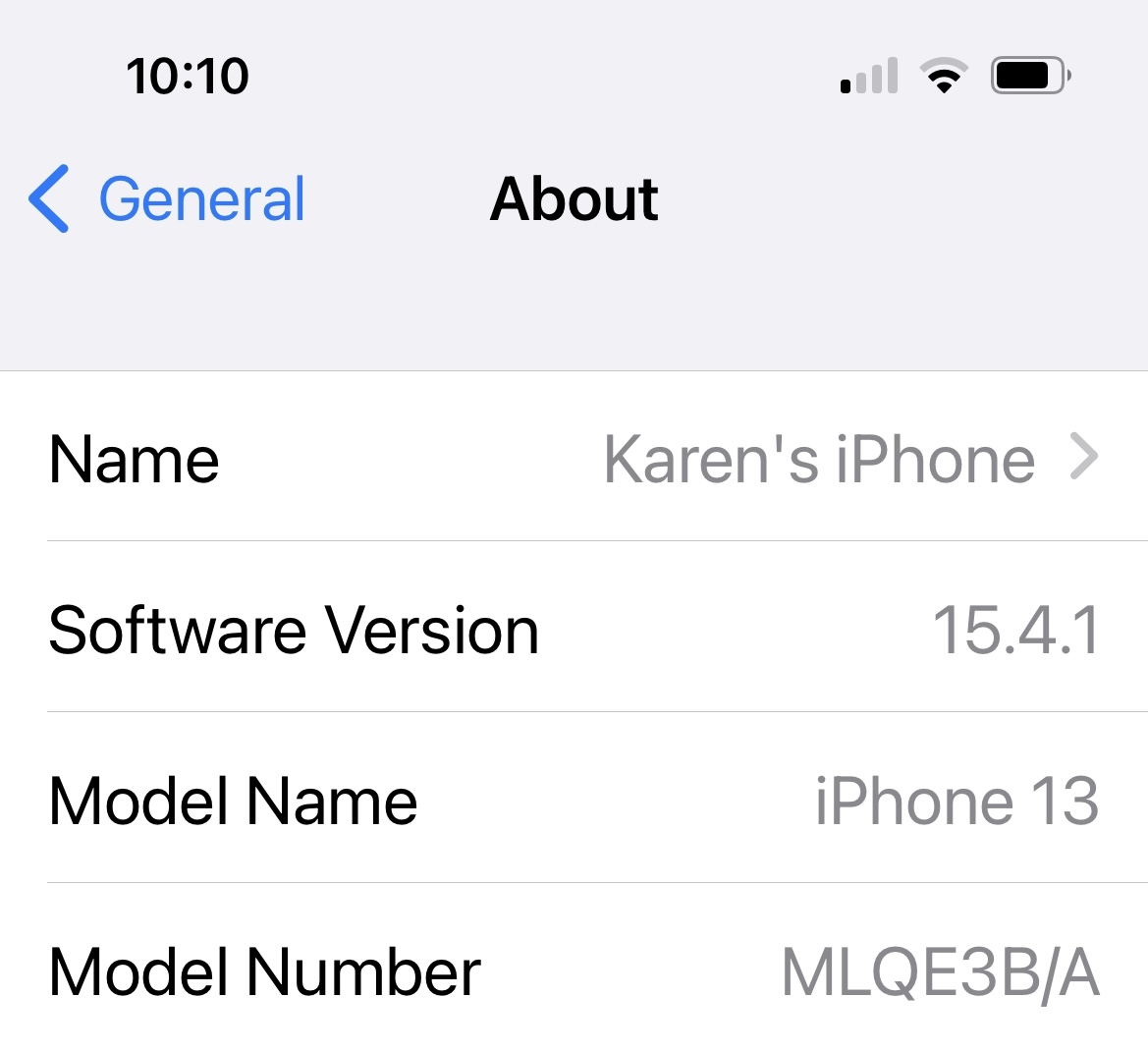
Foundry
Check the Model number
Below Model Name, you will also see Model Number in Settings. This can tell you a little more than the name of the device.
This is actually even more useful because the number that is displayed by default is actually the part number (it probably begins with an M, though if you have a replacement phone it may start with an N). If you pop that part number into a search engine it will tell you exactly which model you have including capacity and color.
There’s a huge number of possible M numbers, far more than we can list here. Check the iPhone Wiki for a full list.
Find the Part Number
Here’s how to find that iPhone part number in Settings.
- Open the Settings app.
- Go to General > About
- Below Model Name you will see Model Number.
- Tap Model Number to see the Part Number (it will begin with an A).

Foundry
The easiest way to identify an iPhone if you couldn’t turn it on used to be to check the part number that was etched onto the back. But Apple hasn’t printed part numbers on the back since the iPhone 7. If you have a recent model, or find the number too small to read, there are other ways to identify the iPhone A number, which we will discuss below.
This model number can give you useful information like the country it was sold in, which may be important for warranty reasons.
If you have an older iPhone
If you have an older iPhone (iPhone 7 and earlier) you will see a small identification number printed on the back. When we say “small number,” we really do mean small, and you may find it hard to read the number with the naked eye. A magnifying glass will help if you’ve got one!
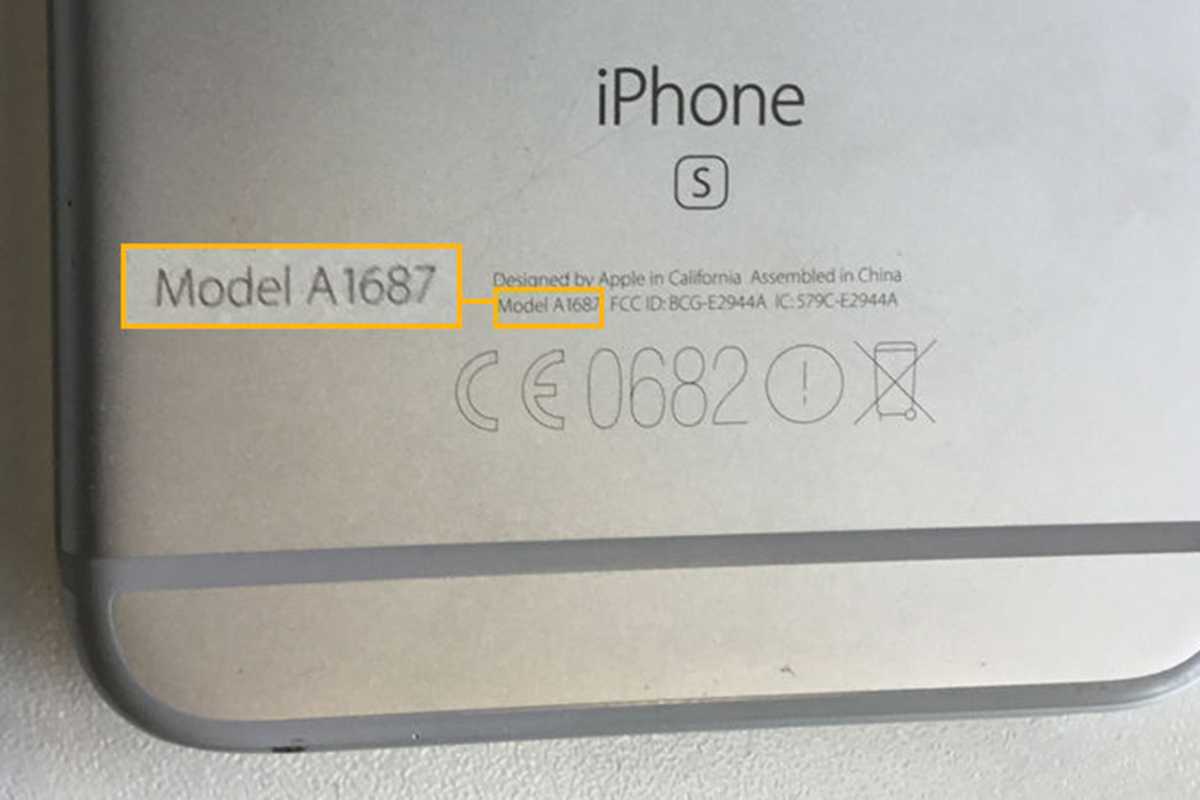
Apple used to print the model number on the back of iPhones.
IDG
If you have a SIM tray
There is another way to find the A number if you can’t turn your iPhone on and it’s not on the back, but you may need a magnifying glass! Assuming you have one of those tools for removing a SIM tray handy pop it out and look very carefully at the slot where the SIM card goes and you can see the A number. (Note, Apple stopped putting SIM trays in iPhones with the iPhone 14.)
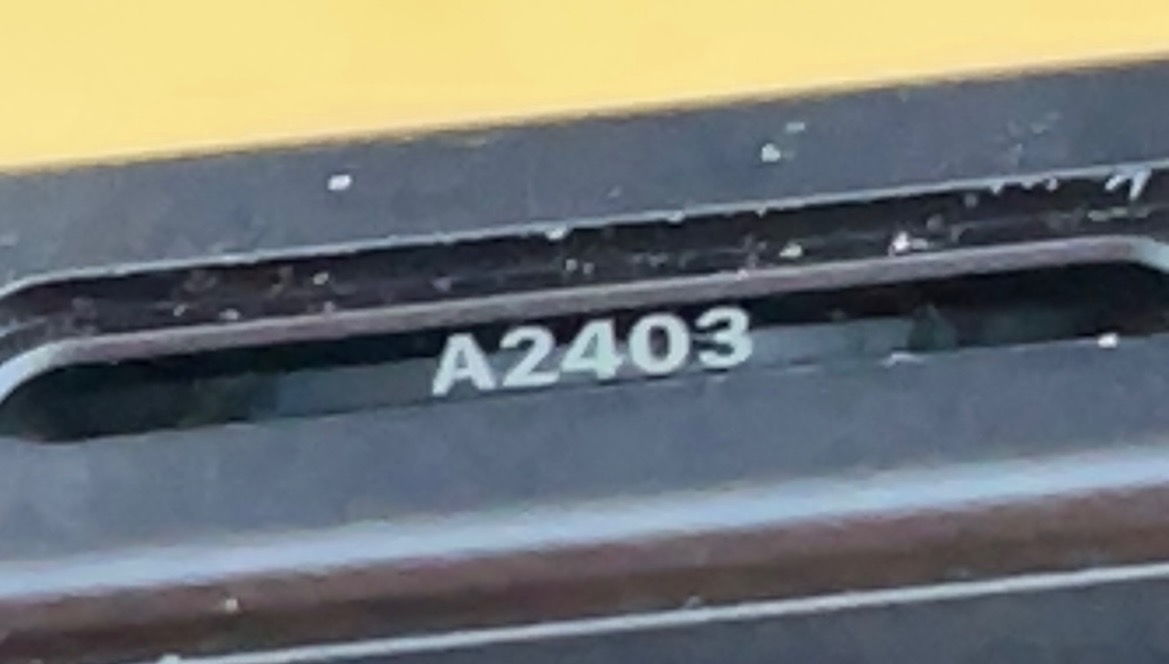
Look for design differences
If you simply can’t turn the iPhone on to check Settings for the information above, don’t worry. You can still tell which kind of iPhone you’ve got by checking its build, external features, and so on. Simply compare it against this guide, which includes all models of iPhone.
If you’re trying to identify a bricked device or one you can’t unlock, this visual identification guide section is for you.
iPhone 15 Pro/15 Pro Max: Apple’s newest iPhone has titanium sides instead of stainless steel and comes in four new colors: black titanium, white titanium, blue titanium, and natural titanium. It’s the first iPhone to have a USB-C port on the bottom instead of Lightning.
iPhone 15/15 Plus: The iPhone 15 ditches the notch for the Dynamic Island and comes in several new shades, including pink, yellow, green, blue, and black.
The iPhone 14 Pro/14 Pro Max: The iPhone 14 Pro has the Dynamic Island instead of a notch and comes in two unique colors, deep purple and space black, along with silver and gold.
iPhone 14/14 Plus: The iPhone 14 line is the first with a 6.7-inch model in the Plus and comes in several new colors, midnight, starlight, red, blue, purple, and yellow.
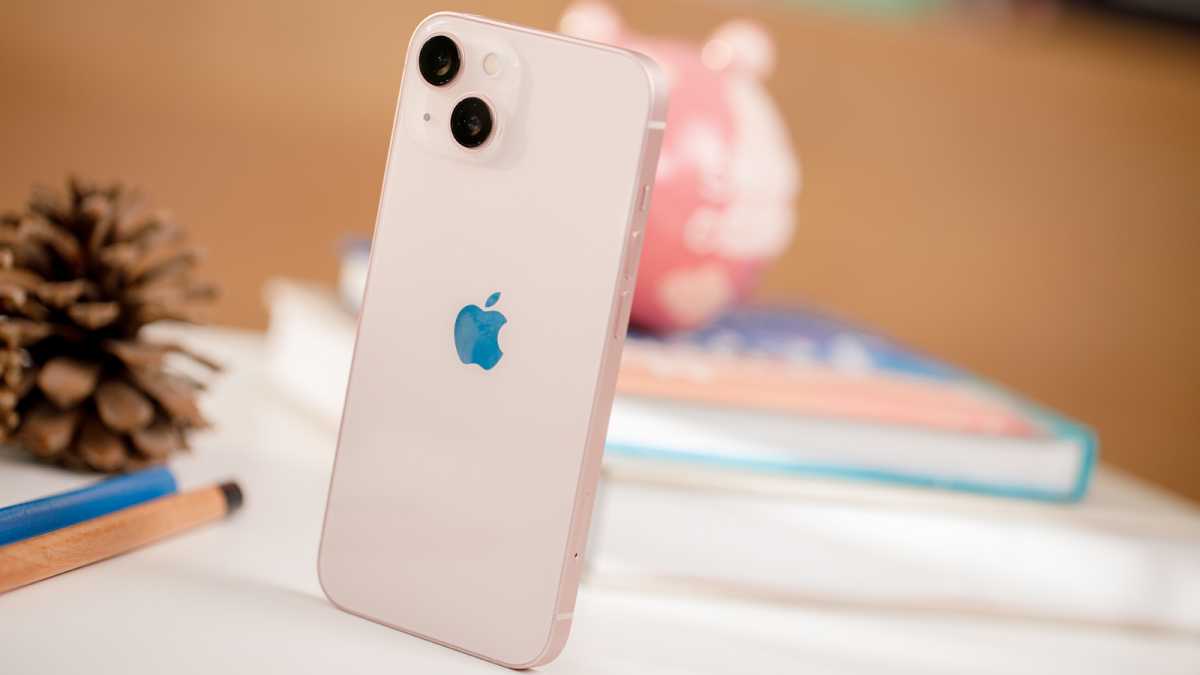
iPhone 13 Pro/13 Pro Max: The iPhone 13 Pro has a smaller notch than its predecessor and comes in the following colors: Graphite, Gold, Silver, Sierra Blue, and Alpine Green.
iPhone 13/13 mini: Like the Pro, the iPhone 13 has a smaller notch than the 12 and has a diagonal camera layout for the first time. It comes in purple, blue, green, red, white and black.
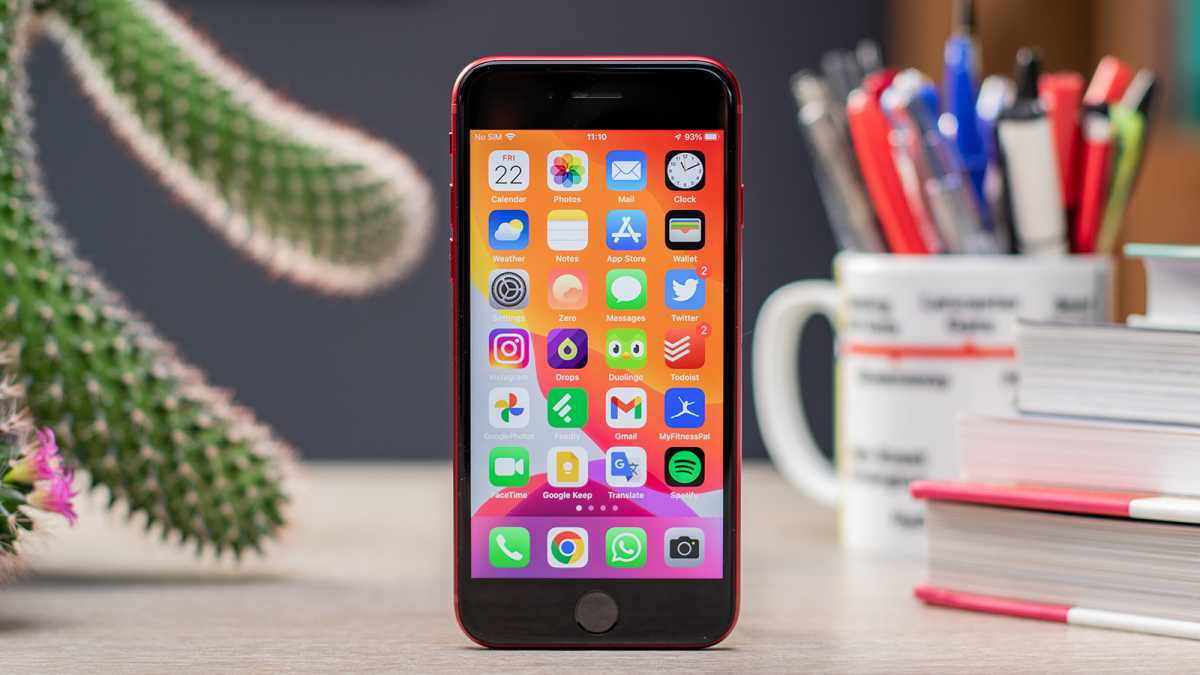
Dominik Tomaszewski
iPhone SE (3rd Gen): Unless you have an iPhone that’s many years old, the SE is the only iPhone made since 2017 that has a home button. It’s trickier to tell the difference between the 2nd-gen and 3rd-ge models, as the colors are only slightly different (starlight and and midnight vs white and black).
iPhone 12 Pro/12 Pro Max: The iPhone 12 Pro has a “flat” design with a relatively small camera array on the back. The Pro Max is Apple’s first 6.7-inch iPhone and comes in silver, graphite, gold, Pacific Blue.
iPhone 12/12 mini: The iPhone 12 has a vertical camera arrangement and comes in black, white, red, light green, dark blue and purple. The 5.4-inch mini model is one of only two and the only with a vertical camera array. It’s also Apple’s first non-Pro phone with an OLED display.

iPhone 11 Pro/11 Pro Max: The iPhone 11 Pro is Apple’s first triple-camera phone and its last with curved edges. It comes in gold, silver, space gray, and Midnight Green.
iPhone 11: The iPhone 11 has curved edges and a dual camera with a vertical array. It has a plastic back and comes in white, black, green, yellow, purple and red.
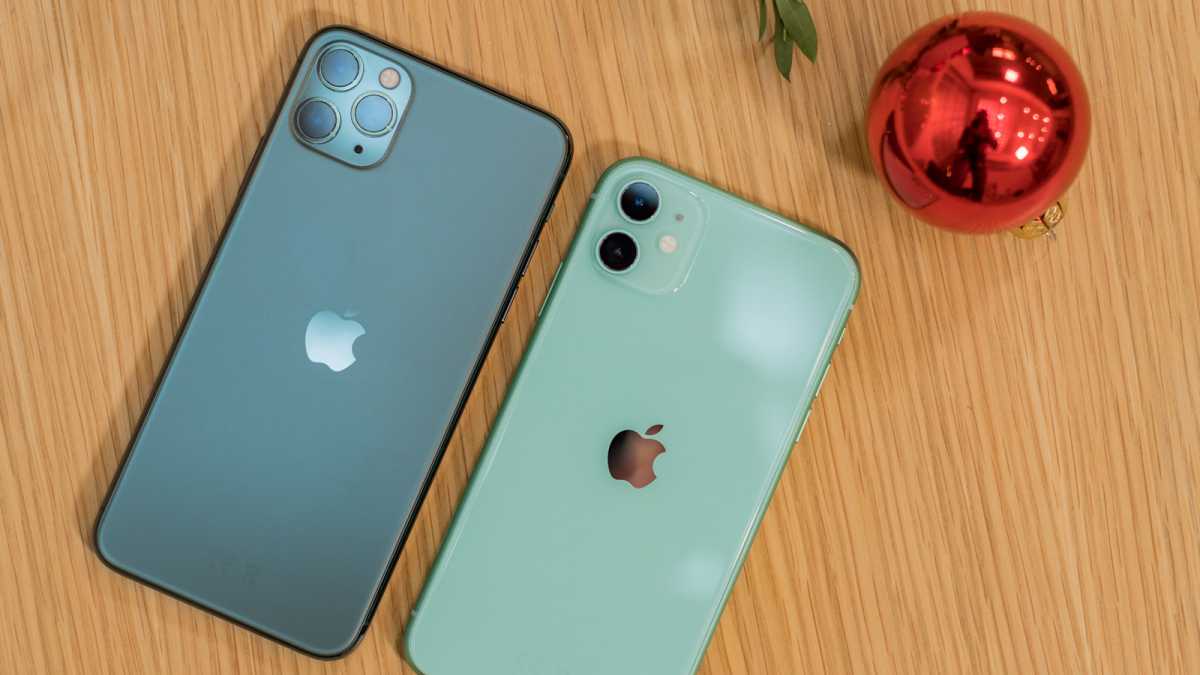
iPhone XS/XS Max: The iPhone XS looks extremely similar to the iPhone X but the Max model is the first iPhone over six inches. It comes in a new color, gold, along with white and black.
iPhone XR: The iPhone XR is Apple’s first 6.1-inch iPhone and has a single camera on the back. It comes in six colors: black, white, blue, yellow, coral and red.
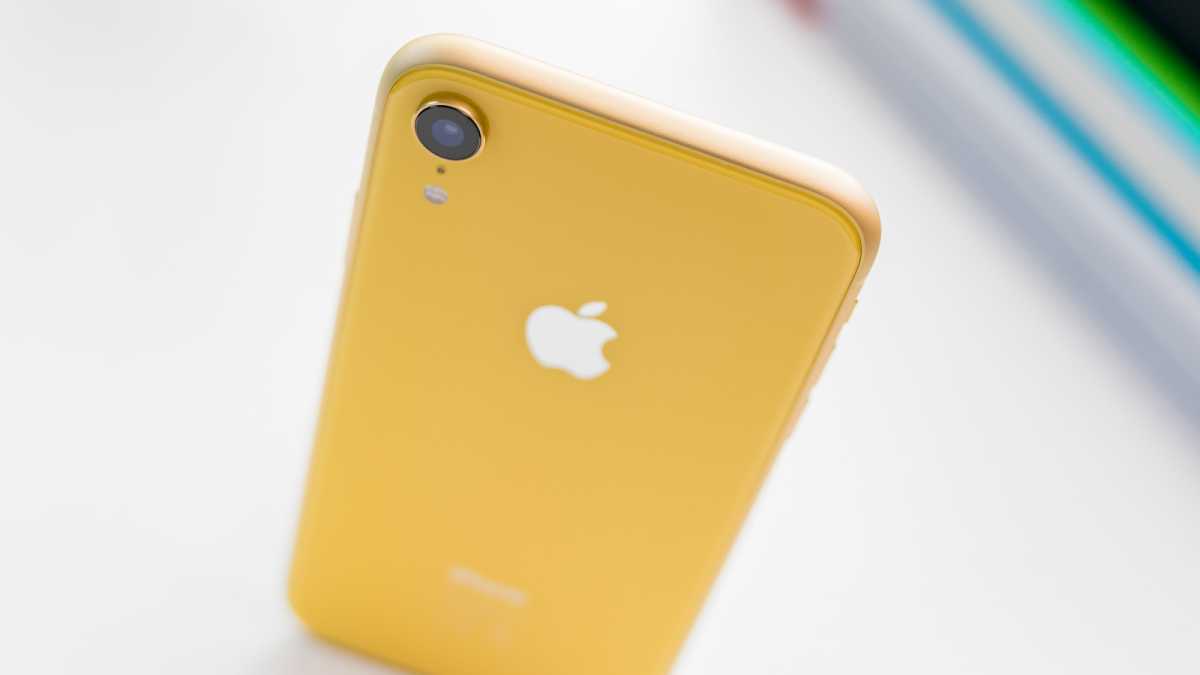
iPhone X: The iPhone X is Apple’s first iPhone without a home button and is available in two colors, silver and space gray. It has a completely new design with stainless steel sides and a notch for the front camera. If you have one you should probably keep it.
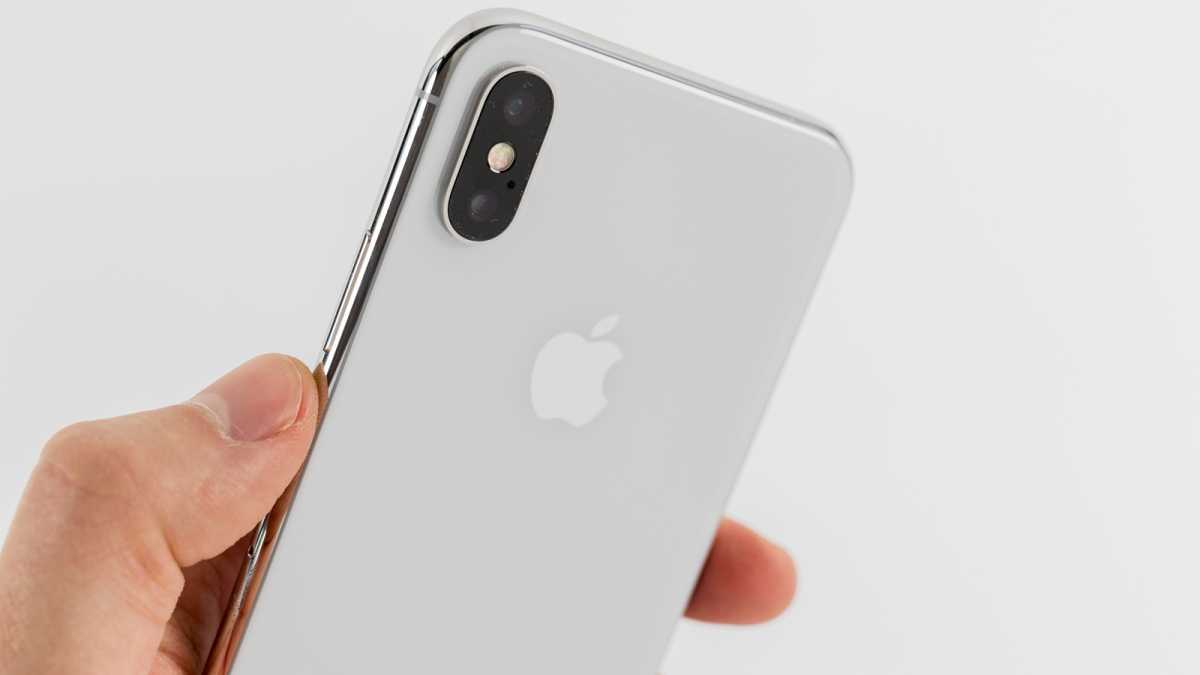
iPhone 8/8 Plus: The iPhone 8 is Apple’s last design with a home button (until the SE revived it) and comes in silver, space gray, gold, and red.
iPhone 7/7 Plus: The iPhone 7 is Apple’s last with an aluminum back and first with a dual camera. It also ditches the headphone jack. It was also the first iPhone to come in red and the only to come in Jet Black.
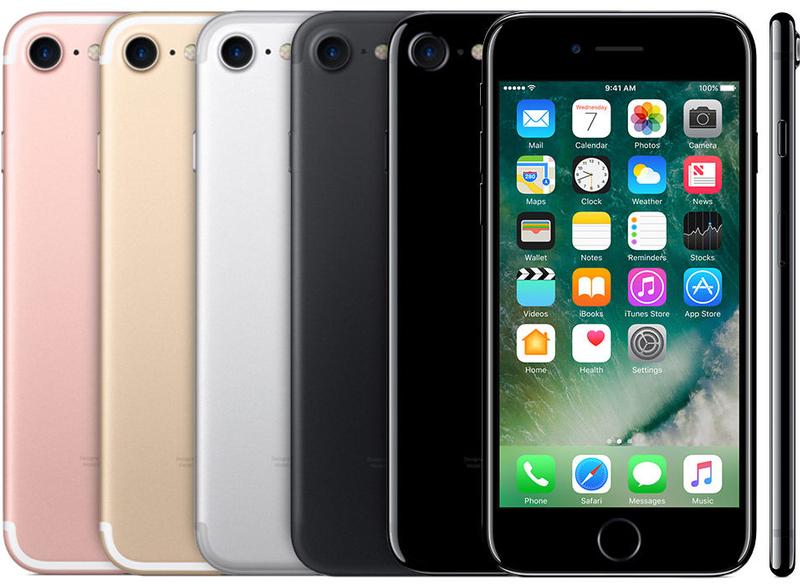
iPhone 6/6S: Apple completely redesigned the iPhone 6 with a 4.7-inch screen and a curved design
iPhone 6 Plus/6S Plus: The iPhone 6 Plus introduced a 5.5-inch display for the first time and come in black, silver, gold, and rose gold.
iPhone SE (1st-gen): The original iPhone SE is a revamped iPhone 5s with a new rose gold color.
iPhone 5/5S: The iPhone 5 has a larger 4-inch display while the 5S ditched the clicky Home button for a new Touch ID fingerprint scanner.
iPhone 5c: This one’s easy to spot: The iPhone 5c came in a range of bright plastic colors and had a curved plastic back. No other iPhone looks like this.

iPhone 4/4S: The Phone 4 has a completely new flat design with a glass back.
iPhone 3G/3GS: the iPhone 3G has a similar design to the original but with a plastic back. The iPhone 3GS also came in white along with black.
Original iPhone: The first iPhone has a silver back with a large black antenna band across the bottom. it has a 3.5-inch display.

For more advice on the various handsets that Apple sells, take a look at our iPhone buying guide. And if you’re looking to pick up a bargain on your next handset, check our roundup of the best iPhone deals.






